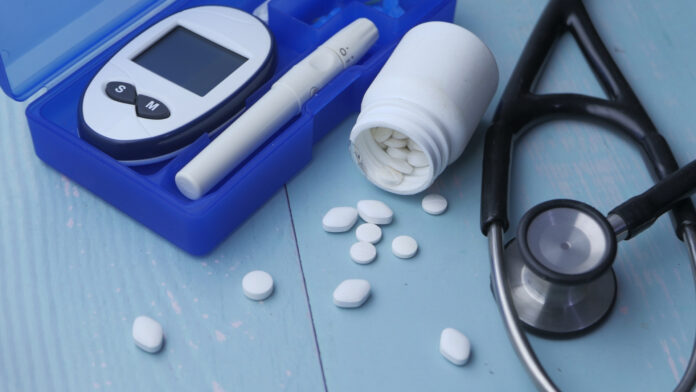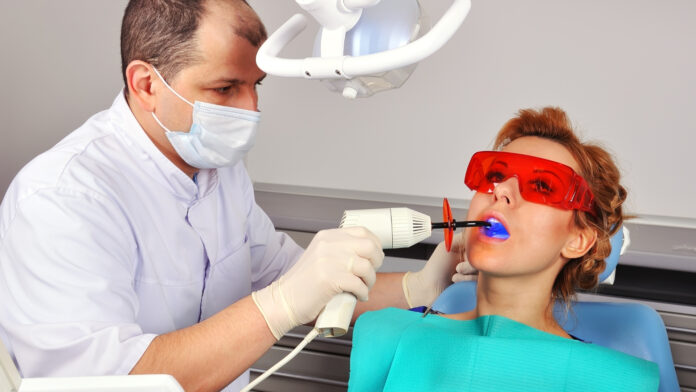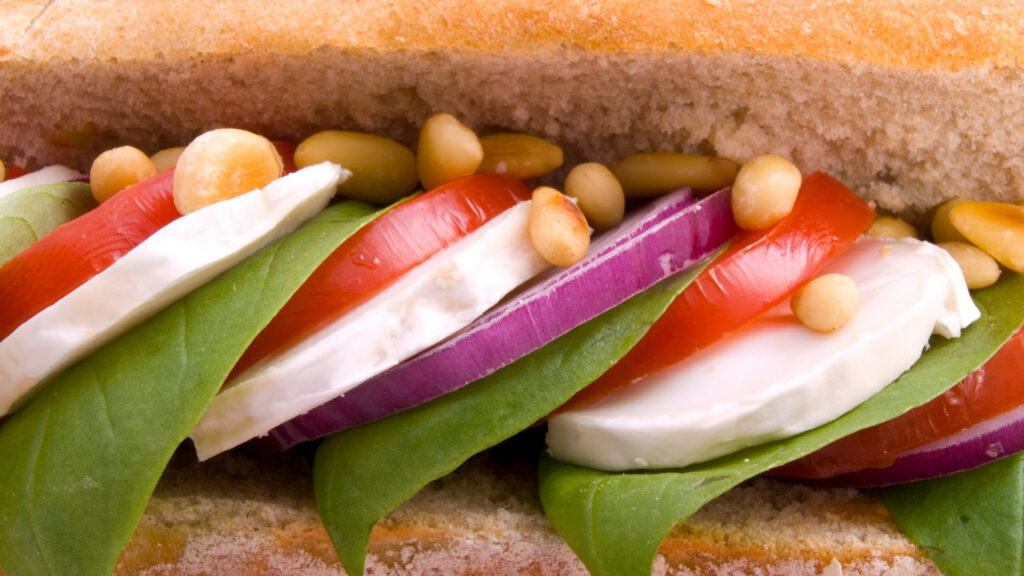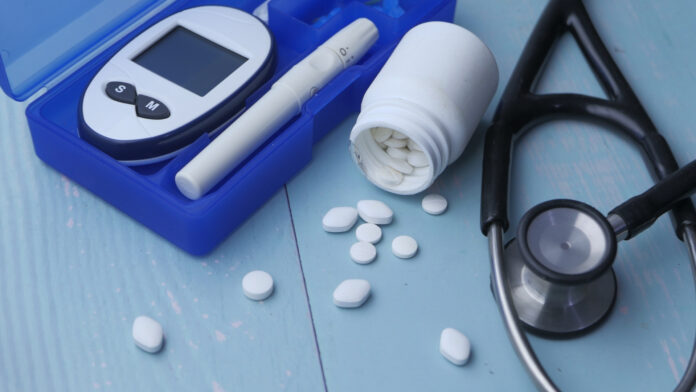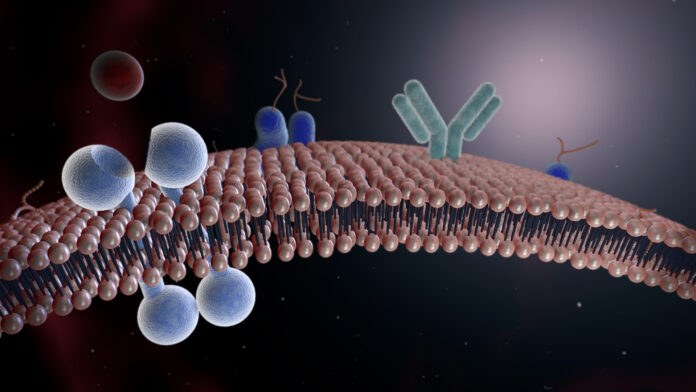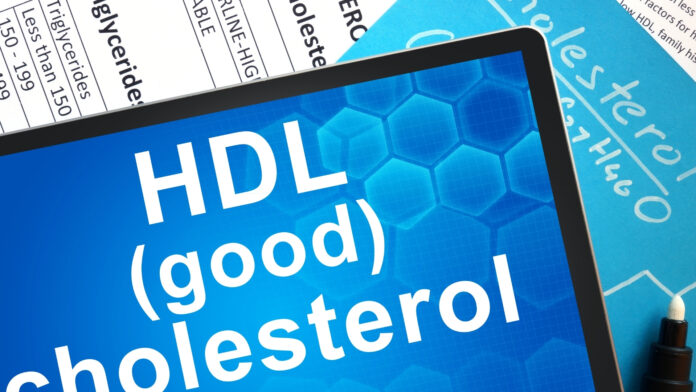How Can I Stabilize My Blood Sugar Overnight?
Those paying attention to their blood sugar levels know how much of a challenge it can be to maintain a healthy rhythm throughout the day. But the difficulties increase as the sun goes down and we prepare for bed. It’s more common for people battling high blood sugar daily, and in some situations, it gets worse.
You may ask yourself, ‘How can I stabilize my blood sugar overnight?’ Or, ‘Is it safe to sleep with low blood sugar overnight?’ To be asking these questions in the first place is worrisome – and it plays a huge role in long-term illnesses if high blood sugar is not prevented or controlled.
Don’t worry. By following these few easy tips, you’ll be on your way to a night of healthier, overnight sleep.

4 Recommended Steps to Stabilize Blood Sugar Overnight
- Take advantage of a bedtime snack to lower blood sugar
One easy way to take advantage of your body’s metabolism is to eat a healthy snack as part of your nighttime routine. Dieticians recommend foods that are high in protein, contain healthy fats and are low in carbohydrates. Some foods that are great as a bedtime snack to lower blood sugar include:
- Celery or apple slices with peanut butter
- Whole wheat crackers with low-fat cheese
- A handful of seeds and nuts
- Fresh vegetables, like baby tomatoes, cucumber slices, celery sticks or baby carrots
- Avocado toast
Of course, it is important to pay attention to portion sizes and avoid foods that are high in empty calories as part of maintaining a healthy diet.
- What should blood sugar be at bedtime?
To have a better understanding of your ideal blood sugar range, talk to your doctor about your health targets. If you are diabetic, it is important to discuss a treatment plan with a healthcare professional, as targets differ for diabetic and non-diabetic patients.
The first step towards stabilizing your blood sugar overnight is to check your blood sugar level often. This is especially important before getting ready for bed.
Medical professionals recommend a range of between 90 to 150 milligrams per deciliter (mg/dL) as a nighttime blood sugar level before bedtime.
Symptoms of hypoglycemia are often reported at about 70 mg/mL or below. If your blood sugar drops to 50 mg/dL or rises above 240 mg/dL, you are in dangerous territory and should seek medical attention immediately.
- High Blood Sugar At Night Symptoms
An important step in answering the question ‘How can I stabilize my blood sugar overnight?’ is to recognize when you’re going through a swing in the middle of the night. Is what you’re experiencing normal? Or, are the symptoms alarming because they mean your blood sugar is high?
Many things can prevent even the healthiest person from getting a restful night’s sleep.
But knowing some of the key indicators that your body is going through a blood sugar swing is an important diagnostic, especially for those living with diabetes.
Those suffering from high blood pressure during the night wake up hot and sweating and can often feel irritable.
The most recognizable symptoms for people going through a blood sugar crash where your body’s blood sugar is dipping too low include vivid nightmares during the night and waking up with a cold sweat. In some cases, finding it hard to sleep can also be a symptom.
Other sleep-associated disorders are related to those suffering from diabetes, or often occur in conjunction with unhealthy blood sugar levels.
These include sleep apnea, which is very common for those suffering from Type II diabetes and can cause people to wake up hundreds of times throughout the night.
Peripheral Neuropathy is a disorder that causes people to have numbness or tingling in the legs and feet during nighttime. Restless leg syndrome often affects diabetics and nocturia can cause people with blood sugar levels to have to wake up during the night to go to urinate more often.
- How To Lower Morning Blood Sugar
People who track their blood sugar levels may be familiar with a phenomenon known as the morning spike or the dawn phenomenon — where your blood sugars spike between the hours of 2 and 8 a.m.
Why does this happen?
The main culprit is the hours of fasting your body has gone through while you were asleep. It’s your body’s way of ensuring you have the energy to get up in the morning. Any medications you take at night or eating the wrong snack before bed can also affect your morning readings.
Here are some additional steps you can take to maintain a healthy blood sugar level after you wake up.
- Take a walk: Some after-dinner activity before bed will help your body metabolize sugars before you go to bed to keep levels healthy throughout the night. Once you wake up, a quick 10-minute workout will pump endorphins into your body that help it naturally break down sugars.
- Eat a healthy breakfast: Once you wake up, it is important to eat a healthy breakfast high in protein and fibre and low in sugar. Try to avoid any sugary drinks, including fruit drinks, which would elevate blood sugar levels.
- Try to find zen: The stress hormone cortisol works with glucose to wreak havoc on your body’s systems. By taking a moment in the morning to focus on meditation, deep breathing and reducing your stress levels, you allow your body to start the day on the right foot.
How Can I Stabilize My Blood Sugar Overnight Conclusion
By tackling your blood sugar, you allow yourself to start your day off right! Whether you are diabetic, pre-diabetic or have a healthy glycemic balance, knowing your body’s blood sugar nighttime rhythms is a great way to stay on top of your overall health.
Stabilizing your blood sugar overnight is one of the most important steps you can take on this front. By ensuring your blood sugar is in a good place when you go to sleep, avoiding high blood sugar at night symptoms and taking care of your levels when you wake up, you’re setting yourself up for success for the rest of the day.

